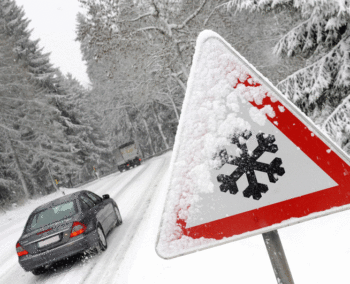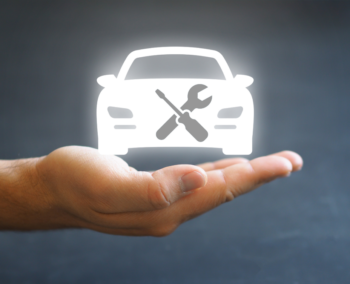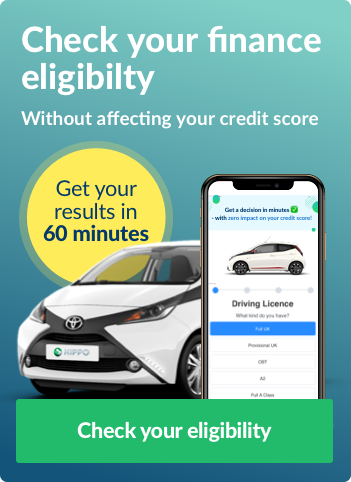With winter on the way, you’ll need to make sure you and your car are prepared for the snowy and icy weather on the roads.
There are several things you can do to prepare for the oncoming snow storms, such as packing an emergency breakdown kit or taking your car in for a service.
But another key part to keeping your safe, is knowing how to manoeuvre your car through icy roads and slushy snow.
Also, if you don’t think your car is up to the task of tackling the coming winter months, and are looking for a new one, take a look at some of our used car finance and bad credit car finance deals.
In the meantime, take a look at some of our top tips to get your car from point A to B, in snowy and icy conditions.
Before You Set Off
– Purchasing a set of winter tyres, snow socks or tyre chains are a great investment for when the roads get treacherous. Also makes sure your standard tyres are inflated correctly, and have a tread depth of more than the legal minimum (3mm)
– Keep your fuel topped up in case of any emergency journeys you need to make, and make sure you exhaust isn’t blocked, as this can lead to fumes entering your car.
– De-ice all the windows and mirrors, which you can do with de-icer and a scraper Don’t ever use boiling water as this will just freeze over again, and can even crack the windscreen.
– If you’re having difficulty with the locks freezing up, spraying some de-icer or WD-40 can help. Alternatively, heat up your keys first.
– Don’t leave home without your emergency winter kit! You don’t want to be caught out in case you breakdown somewhere.
On The Road
– When setting off, start the car gently in 2nd gear, and try not to rev too much. The higher gear you’re in, the more control you’ll have. Also if your car has an anti-lock braking system, you won’t get the same amount of control as you’d usually have, so be wary.
– Watch your speed when you’re driving. Accelerate slowly, and try to brake and steer as carefully as possible. You’ll need to get your speed just right. Not too fast else you’ll lose control, and not too slow that you’ll come to stop. Also, keep your speed low when travelling downhill.
– Remember that in the snow and ice, your stopping distance will be increased. So make sure to keep a good distance between you and other vehicles.
– Don’t rely on your brakes to stop you, and only use the brake as a last resort, as icy and snowy surfaces may mean your brakes won’t work properly. Also, never stop whilst going up a hill.
– On busy roads, try and avoid driving in the slush, snow and ice. If it starts to snow, dip your headlights or use fog lights to make yourself visible to everyone. But only keep the fog lights on if you have to, as you could blind other drivers.
– Plan your journey as much as possible before setting off. And try to travel on busier roads if you can, as these are more likely to have been gritted. Shortcuts and small roads are more likely to be icy.
– Lastly, if in doubt, stay at home. If the journey you want to make isn’t necessary, it’s much safer to stay at home and travel only when the roads are less dangerous.
Remember, if you’re looking for a new or used finance car to get you through the winter months, (something with better power, safety and space), take a look at some of our used car finance deals and find your perfect car.














